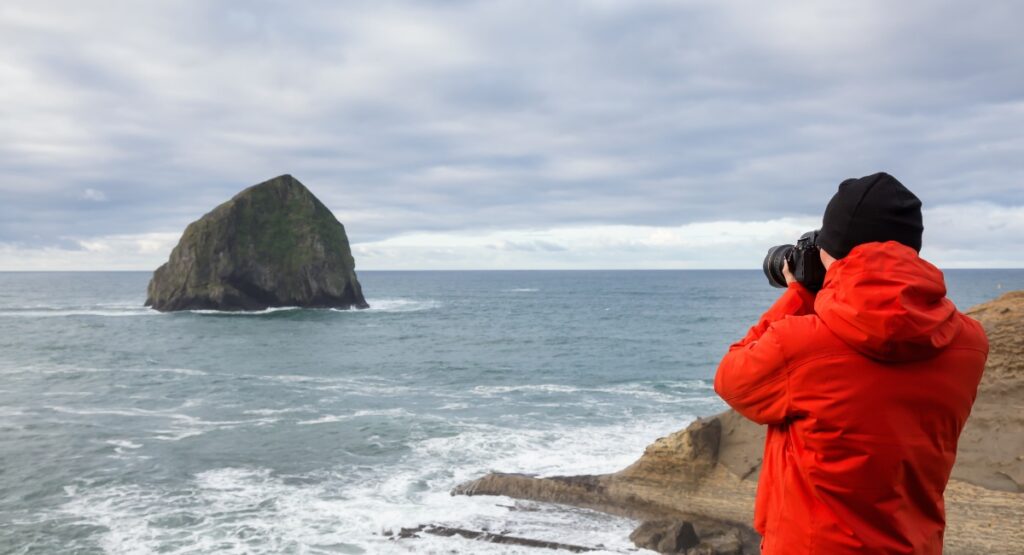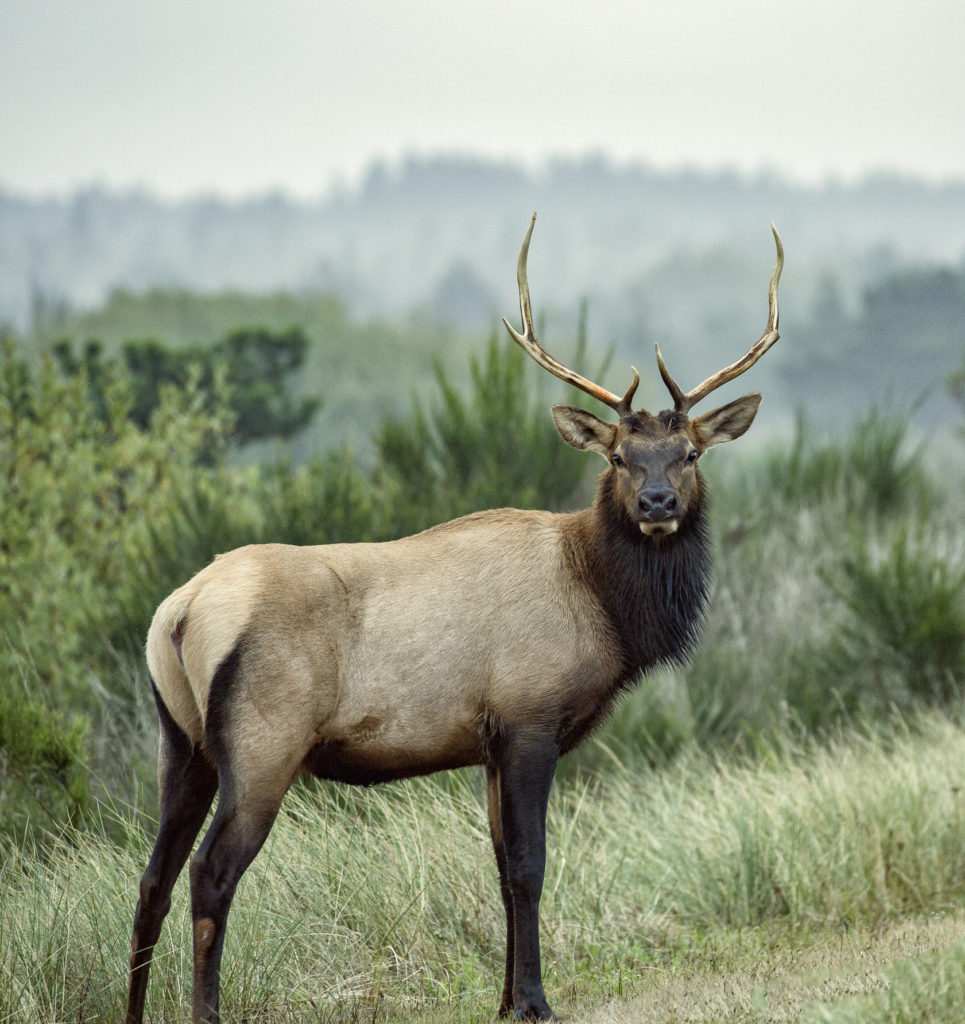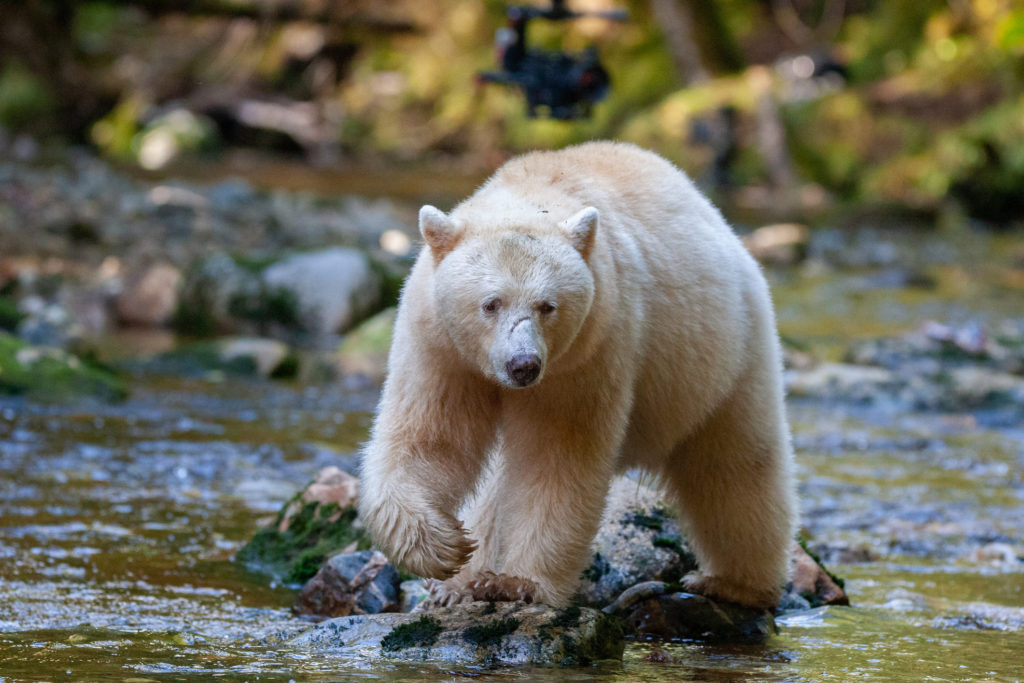Meet Echidna Walkabout
Meet Echidna Walkabout: Walking in the Footsteps of Australia’s Aboriginal People, Diverse Natural Landscapes, and Diverse Wildlife.
Meet Echidna Walkabout: Walking in the Footsteps of Australia’s Aboriginal People, Diverse Natural Landscapes, and Diverse Wildlife.
That’s why we’re thrilled to introduce you to our new partners, Echidna Walkabout, based out of Australia. Echidna is a tour operator who has an incredible team of people that don’t merely talk about the importance of Australia’s Aboriginal Culture, conservation, wildlife protection and leaving the lightest footprint possible; they put these at the forefront of their operations.
This interview took a different turn. Rather than getting to know just one person, we’ve asked the important questions to various team members at Echidna Walkabout. These are the people you’ll run into when you travel with Echidna; these are the people who are leaving their mark in the most positive ways. These are the people that inspire us.
Meet the team at Echidna Walkabout:
Tell us about the history of Echidna Walkabout.
ROGER, Co-owner, Co-founder, Wildlife Guide, Director of Operations: Back in 1992 we (Janine Duffy and I) had a dream to set up a wildlife tourism operation running tours out of Melbourne, Australia. The idea was that all tours would be “In the Wild” and give people the chance to enjoy genuine wildlife encounters that respected the animals’ freedom to move about unimpeded. Another significant belief was that we and our guests would “give something back” to the environment and the wildlife we saw on tour.
We started out with just the two of us and, although it was tough at times, the wildlife always kept us going. We now employ 20 people and still the wildlife – and our guests’ enjoyment – nourishes and sustains the business.
Over the years we’ve discovered more and more places across Australia where we and our guests can enjoy wildlife in the wild. We now travel into some of the wildest and wildlife-rich places throughout south-eastern and tropical north Australia. We’re also a founding member of Australian Wildlife Journeys, Australia’s most respected wildlife tourism organisation. We’ve won prestigious international tourism awards with the highlight being the global Responsible Travel award for Best in Conservation in 2014.
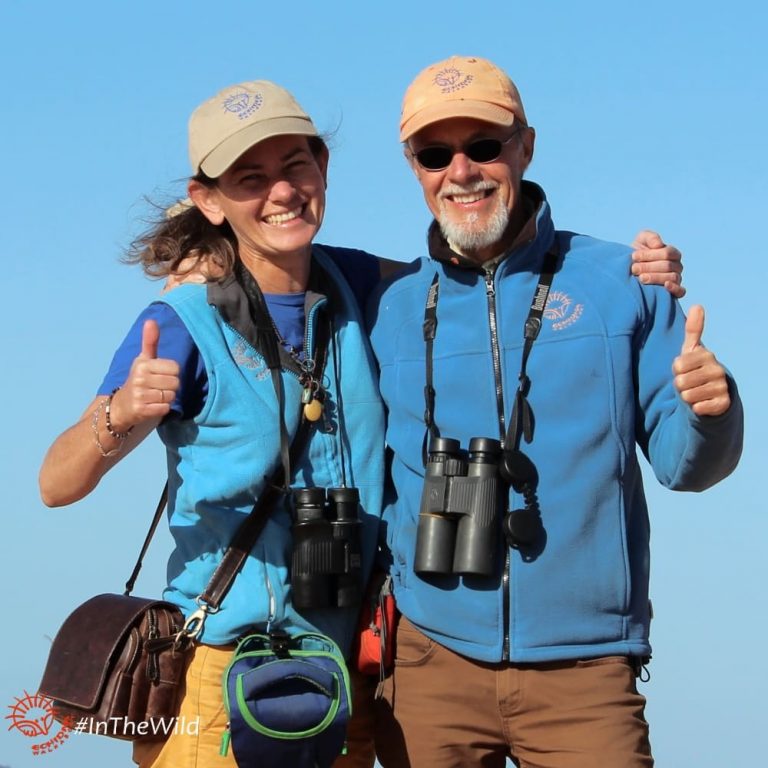
What are some of the exciting experiences that travellers can look forward to when joining a tour with Echidna?
JO, General Manager: The animals are completely wild. You do not know what species you may come across, where they are going to be and what they will be doing.
MARTIN, Operations Manager, Wildlife Guide: Pretty much being immersed in nature. Us guides are always heading off the beaten track, taking our time and looking high and low so we, and our guests, notice all sorts of creatures and their behaviour.
EMMA, Wildlife Guide: Even visiting the same national parks, every day out there is different, which is what makes working with wildlife in their natural habitat so exciting. Some of the highlights I can think of are: – Seeing 2 large dominant male Eastern Grey Kangaroos boxing and fighting in an all-out battle for supremacy
– being surrounded by a mob of 60+ kangaroos, all staring at us – watching a mother koala with a joey on her back leap from one tree to another (about 1.5 metres apart), climb down on to the ground in front of us, then walk about 20 metres and climb up another tree – Watching an emu sitting on a nest for months then seeing him with his gorgeous striped fluffy chicks – Standing on a timeless granite rock that has seen human trials and tribulations for thousands of years and watching a sunset over the western plains – Getting to learn about the animals (especially the koalas) as individuals with different personalities and life histories. It’s a soap opera out there full of drama, politics, lust and revenge! – Seeing how quickly nature can restore itself with a bit of human care (I’m thinking of Serendip Wetlands we visit – it always blows me away to think that when my parents were young that place was a sheep farm with zero biodiversity.)
If you could choose a favorite experience offered by Echidna, which would it be?
MARTIN: The nature walks we take on all our tours, but particularly on our extended tours like the Wildlife Journey and Mungo Outback tours.
BRETT, Operations Supervisor, Wildlife Guide: Watching a wild platypus in the Snowy River on our Wildlife Journey 4 day tour.
ROGER: I love the Wild Top End 6 day tour in the Northern Territory. There’s nothing like seeing 50 large Saltwater Crocodiles on the East Alligator River on the border of Kakadu NP and Arnhemland, on the Guluyumbi Cruise.
JANINE, Co-owner, Co-founder, Wildlife Guide, Director of Marketing & Wildlife Research: The Maximum Wildlife 21-day tour is my favourite at the moment. To be able to see so much wildlife – mammals, birds, reptiles, butterflies – in one experience is just mind-blowing for a wildlife person.
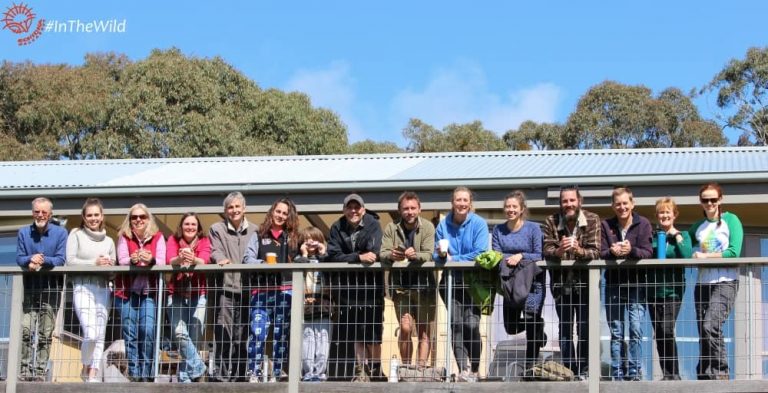
Can you tell us more about the positive impact that travellers make while travelling with Echidna?
MARTIN: We help improve the environments we visit by removing alien vegetation, collecting rubbish and removing ‘ghost nets’ from rocky shores along the coast.
SALLY, Wildlife Guide: While working and living in the remote Kimberley in Western Australia I became an experienced naturalist guide. Since moving back to Melbourne last year I have continued to follow my passion for wildlife guiding by working at Echidna Walkabout.
Part of my job is to explain to guests why we are seeing declines in the populations of wildlife, especially koalas. The guests are able to help us protect the koala habitat in several ways.
Firstly, by coming on the tour and enabling the not-for-profit Koala Clancy Foundation to plant more Eucalyptus trees to create much-needed habitat. And secondly, by participating in hands-on conservation while out in the field. This involves pulling out an invasive weed called Boneseed, which inhibits the koalas from moving safely between trees.
Because of Echidna Walkabouts’ focus on conservation, every single person that travels on a tour is having a positive impact on the local environment.
JANINE: The fact that travellers come on tour with us means that we can pay for koala researchers 310 days every year for the last 11 years. That research has given us great insight into what koalas need, and an ability to measure local population declines. When that population decline reached 46% over a decade, we knew it was time to take action, so Koala Clancy Foundation was created to plant trees. We have now planted 2,500 koala trees and plan another 3,000 this winter.
Can you tell us about the ways in which Echidna supports and promotes Australia’s Indigenous culture?
JANINE: Most importantly, by job creation: We employ up to three local Aboriginal People as Koala Researchers and Guides, and we employ a top-level Aboriginal Cultural Guide whenever possible. When we travel on extended tours we try to include an Aboriginal-owned experience in the tour eg. Guluyumbi Cruise on the Wild Top End tour, Krowathunkoolong Keeping Place on the Wildlife Journey tour. We train our non-indigenous staff to work respectfully with Aboriginal People and communities. We strongly believe and advocate that Aboriginal Communities are the best land managers in Australia and should be consulted on the management of all public land.
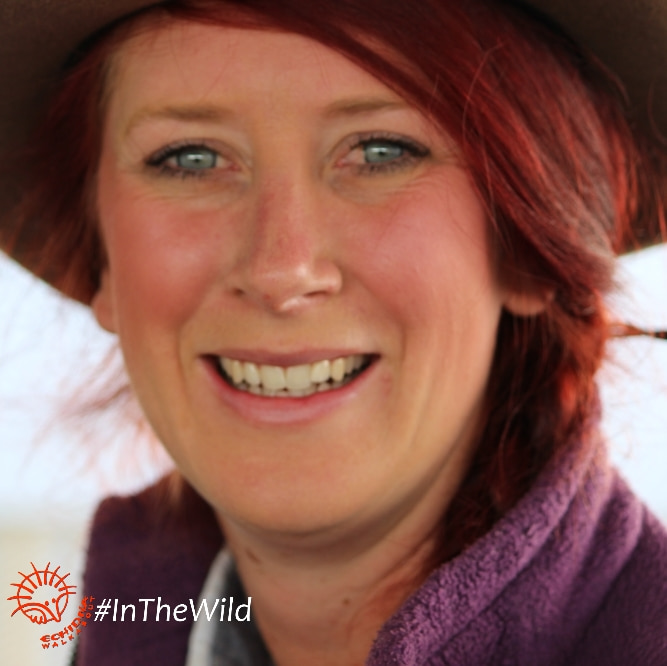
How do you support conservation when not on tours?
KIRBY, Development Coordinator, Wildlife Guide, Executive Officer of Koala Clancy Foundation: Since starting work at Echidna I have dramatically cut back on plastic use and starting composting food waste. I look for volunteer conservation opportunities to do in my spare time and when travelling try to find companies who have similar conservation values to Echidna Walkabout.
MARTIN: Donating to conservation bodies. Joining social movements and protest marches that support environmental concerns. Engaging in responsible nature travel. Promoting conservation messages to others, in person and on social media.
BRETT: Our operations team is a group of obsessive-compulsive recyclers and composters. We are so good at it that the entire operations team creates only one small shopping bag of rubbish that goes to landfill per year. When washing the vehicles, we clean two vans with about half a bucket of water and that water gets tipped onto the native garden at the office. We don’t use toxic detergents. We only buy Australian-grown, made or produced food and goods. We buy from local small businesses. We only use recycled paper, and we flip paper to print on the backside. We don’t buy or use single-use plastic, and every plastic bag that comes into the operations centre is washed and reused until it falls apart. We have purchased compostable plastic bags for those things that we must use a new bag for.
Many of these ideas I have taken home with me, and I often take compost from the office back to my home garden.
What cultural or social changes have you seen in the local communities since operating Echidna Walkabout?
ROGER: There is no doubting that bringing a new idea into a local community can be challenging. Our first challenge was to request the support of our local Aboriginal People. After 150 years of exploitation of their land, the Wathaurong Elders were tough negotiators, and rightly so! But we worked with them and they are now strong supporters of our tours. In fact, a number of Aboriginal People now work for us!
Interestingly the toughest locals to bring along with us were the non-indigenous folk. It took years of community work by us before we finally convinced the locals that wildlife tourism brings benefits to the community. We’ve used the model we’ve seen used in parts of Botswana, South Africa and Swaziland, where locals actively support wildlife tourism to the financial benefit of the whole community.
A direct result of our efforts, especially through our not-for-profit Koala Clancy Foundation, has been getting locals involved in caring for and protecting local koala populations by planting koala food trees.
We are using similar ideas and techniques right across the areas we operate in.
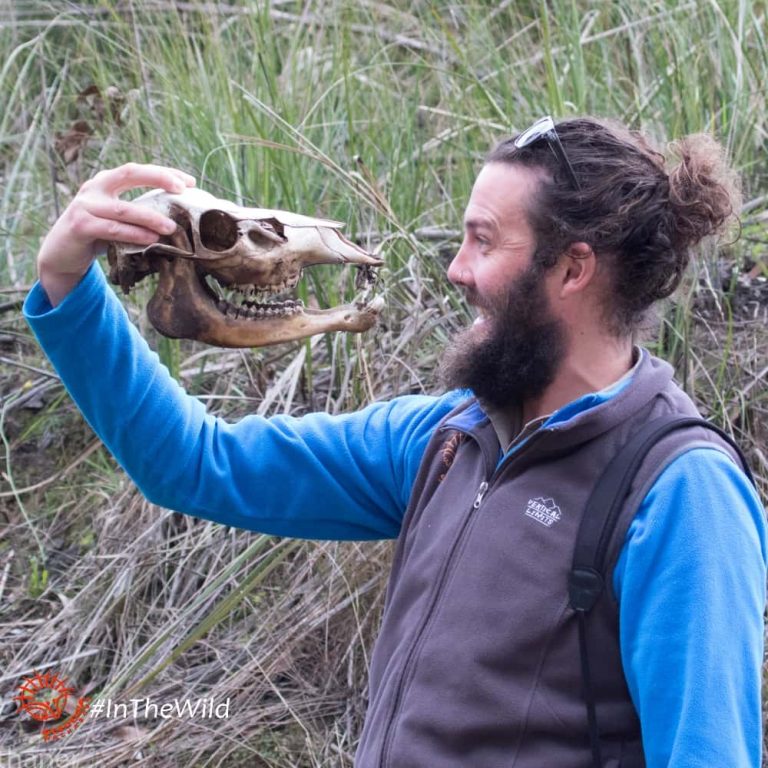
What challenges do you face as a tour operator?
JO: Climate change – increasing temperatures, lower rainfall, heatwaves
JANINE: Climate change is affecting our wildlife and we have to work harder to see it. We now employ five Koala Researchers instead of two – which is great for job creation, but I wish I could make their job easier.
I also find it frustrating that tourism doesn’t have a stronger voice to stick up for the animals and places that we rely on. Tourism jobs are very important in Australia – the industry employs one-tenth of Australia’s workforce – but there’s no central loud voice that enables us to speak against laws that harm our environment. We don’t know how to lobby, we don’t make big political donations and so we get ignored.
Why do you believe that it is important for people to connect with nature?
KIRBY: I think nature can have a similar impact as religion. Connecting with nature helps you understand your place in the world.
JO: Reduces stress, peaceful, a getaway from technology. Connection gives you a better understanding, an increased care. If we can connect, experience and appreciate nature then there is a better chance of saving it.
MARTIN: We only have one planet and once we destroy it we will all die. By connecting with nature we will hopefully take more responsibility in protecting our natural world – all life depends on it.
EMMA: I think it’s vital for our own health, sanity and well-being to get out of the city, suburbs, traffic and offices and slow down. Being in nature forces us to do this as the adrenaline-fueled busy-ness of our modern lives literally runs out of gas, there’s nothing out there to keep it going at the insane pace that city living keeps it at. Being immersed in nature, particularly a large tract of nature like a national park where you can get off the walking tracks and really explore, opens our senses to sounds, smells, sights and sensations that really bring us back to the present moment and out of our heads, away from the screens. Connecting with nature makes us realize that we don’t exist in a bubble and that there’s far more going on out there than our own insignificant self-absorbed daily dramas, that we’re part of a whole much bigger than we can imagine. And when we realize this and have a sensitivity to the other living beings that we share this planet with, acting responsibly as humans and thinking about the consequences of our actions on the planet comes more naturally.
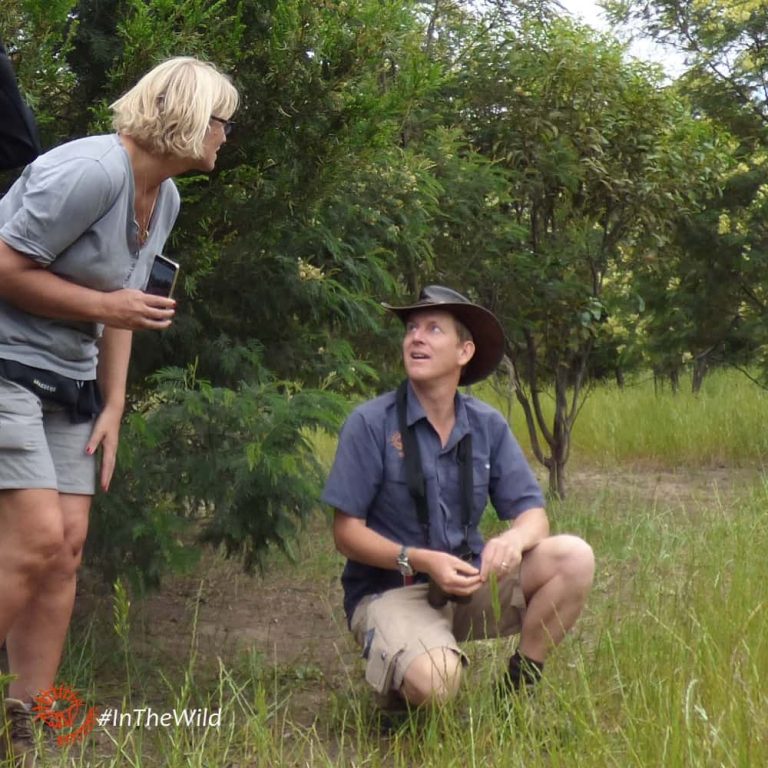
What is next for Echidna Walkabout?
JANINE: My dream is a koala forest full of healthy koalas planted by the people of Melbourne, and funded by international tourists. I can’t wait to take our tourists into the forest we helped create.
I also dream of a wildlife tourism industry in Australia that employs many great people, including wildlife guides with the knowledge to rival the best in Africa, ecologists, zoologists and conservation biologists to help ensure the wildlife is safe and healthy, and Aboriginal People in all aspects of the industry.
I also hope that Koala Clancy lives a long and healthy life, and his offspring stay around in the koala forest we are creating, so we can keep in touch with his legacy forever.
ROGER: The last 26 years have been an extraordinary journey that will continue into the future as long as there is wildlife in the wild and people with the passion to see it. Most of all we will never drop the guiding principle: To Help Nature While You Enjoy It. For only if we give back to nature can we expect to enjoy it into the future.
For more information about Echidna Walkabout, please visit their website. Also, make sure to follow them on Facebook, Twitter and Instagram for exciting updates, news & to be a part of their wildlife-loving community.

